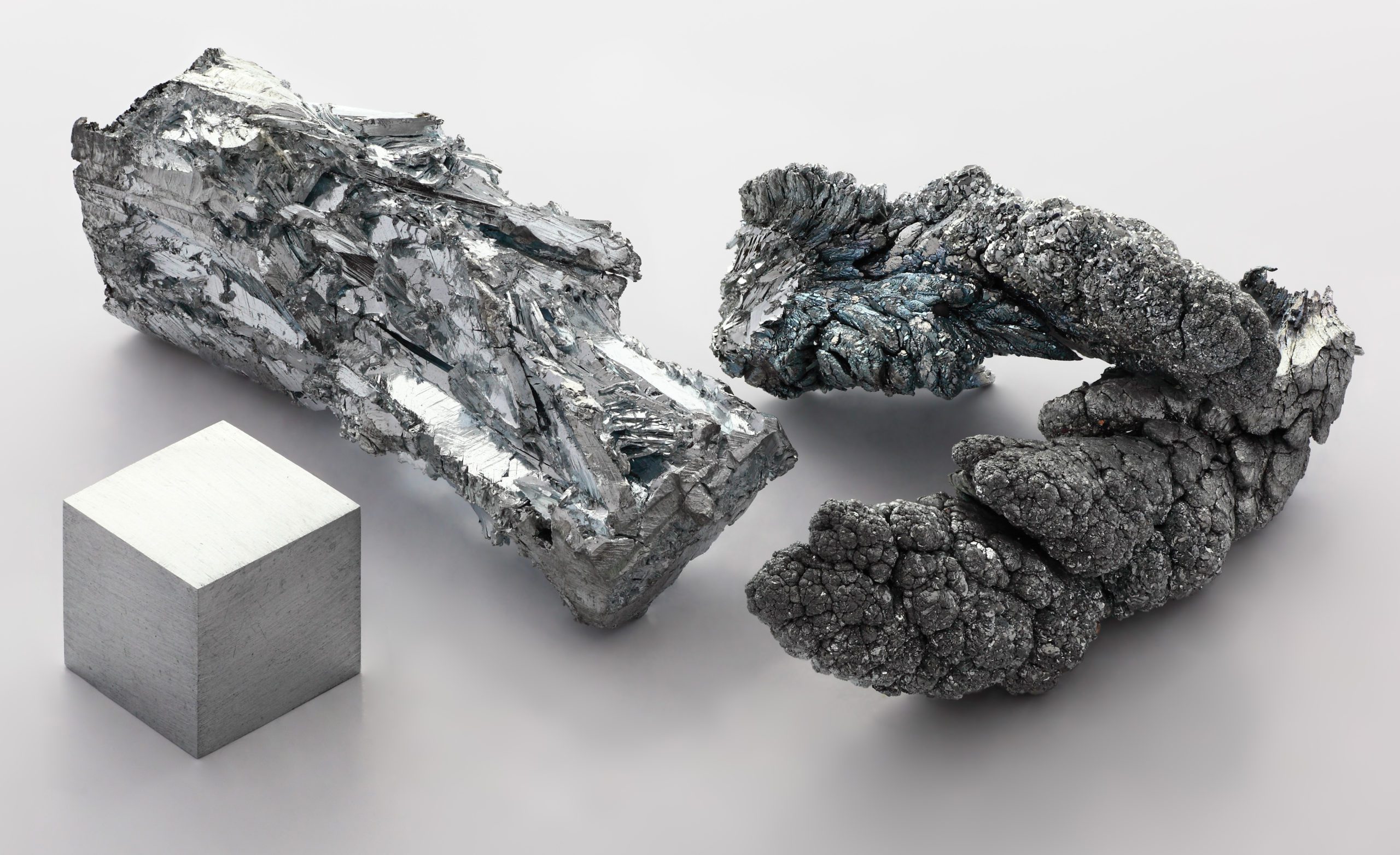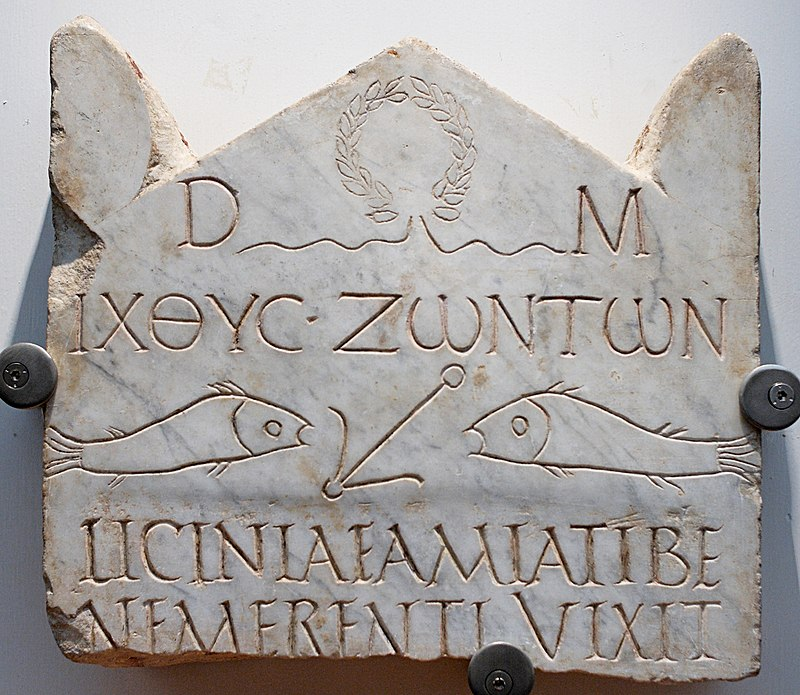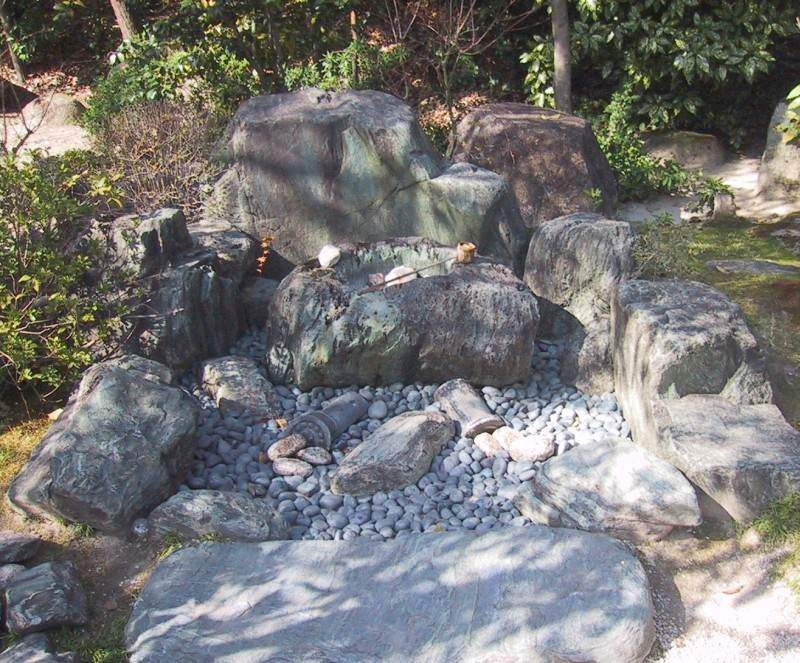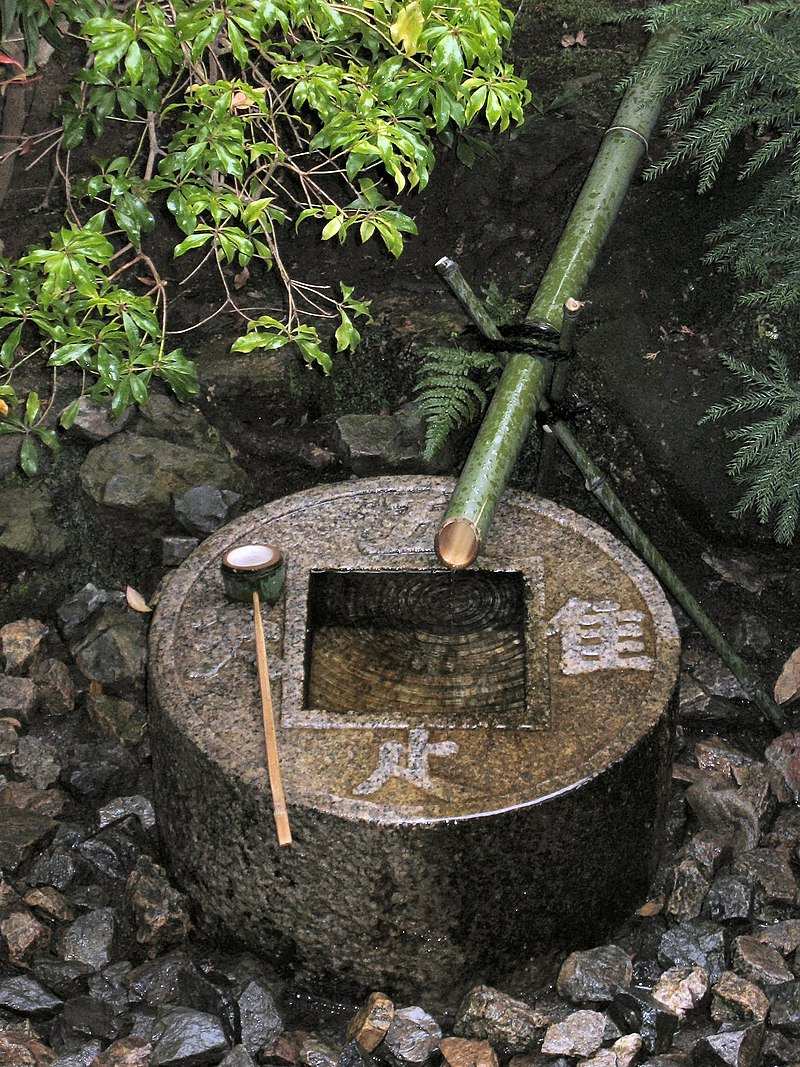The Hot Sulphury Venture of a Frontier Huckster and Would-be Spa Magnate
“AMERICA’S SWITZERLAND” In the year of our Lord 1863, Byers, not content with merely shaping public opinion through his empire of ink, set his sights on the steaming waters of Hot Sulphur Springs. This wasn’t just any patch of bubbling mud, oh no! This was to be “America’s S
Zinc, maybe
No proof for the need of zinc in human cells was shown until the late 1930s. More than most ever wanted to know about zinc. A work in progress.
Manes or Di Manes
In ancient Roman religion, the Manes or Di Manes are chthonic deities sometimes thought to represent souls of deceased loved ones. They were associated with the Lares, Lemures, Genii, and Di Penates as deities (di) that pertained to domestic, lo
Chōzu-ya or temizu-ya is a Shinto water ablution pavilion
Chōzu-ya or temizu-ya (手水舎) is a Shinto water ablution pavilion for a ceremonial purification rite known as temizu or chōzu (手水, lit. ’hand-water’). The pavilion contains a large water-filled basin called a chōzubachi (手水鉢, lit. ’hand water ba
The act of washing the hands can also be considered as playing the suikinkutsu
A suikinkutsu (水琴窟, literally “water piano cave” in original Chinese or “water zither cave” in Japanese) is a type of Japanese garden ornament and music device. It consists of an upside down buried pot with a hole at the top. Water drips through
Tsukubai, a washbasin provided at the entrance to a holy place
In Japan, a tsukubai (蹲踞) is a washbasin provided at the entrance to a holy place for visitors to purify themselves by the ritual washing of hands and rinsing of the mouth. This type of ritual cleansing is the custom for guests attending a tea ceremony or visiting the grounds of a Buddh
Shishi-odoshi
Shishi-odoshi (鹿威し) (literally, “deer-frightening” or “boar-frightening”), in a wide sense, refers to Japanese devices made to frighten away animals that pose a threat to agriculture, including kakashi (scarecrows), naruko (clappers) and sōzu. In a narrower s
Bacterial diseases of hazelnut (Corylus avellana & Corylus spp.) and more
Bacterial blight Xanthomonas arboricola Scientific classification Domain: Bacteria Phylum: Pseudomonadota Class: Gammaproteobacteria Order: Xanthomonadales Family: Xanthomonadaceae Genus: Xanthomonas Species: X. arboricola Binomial name Xanthomonas arboricolaVauterin et al. 1995 Type
Dowsing, doodlebugging and water witching
Dowsing is a type of divination employed in attempts to locate ground water, buried metals or ores, gemstones, oil, claimed radiations (radiesthesia), gravesites, malign “earth vibrations” and many other objects and materials without the use of a scientific apparatus. It is als










